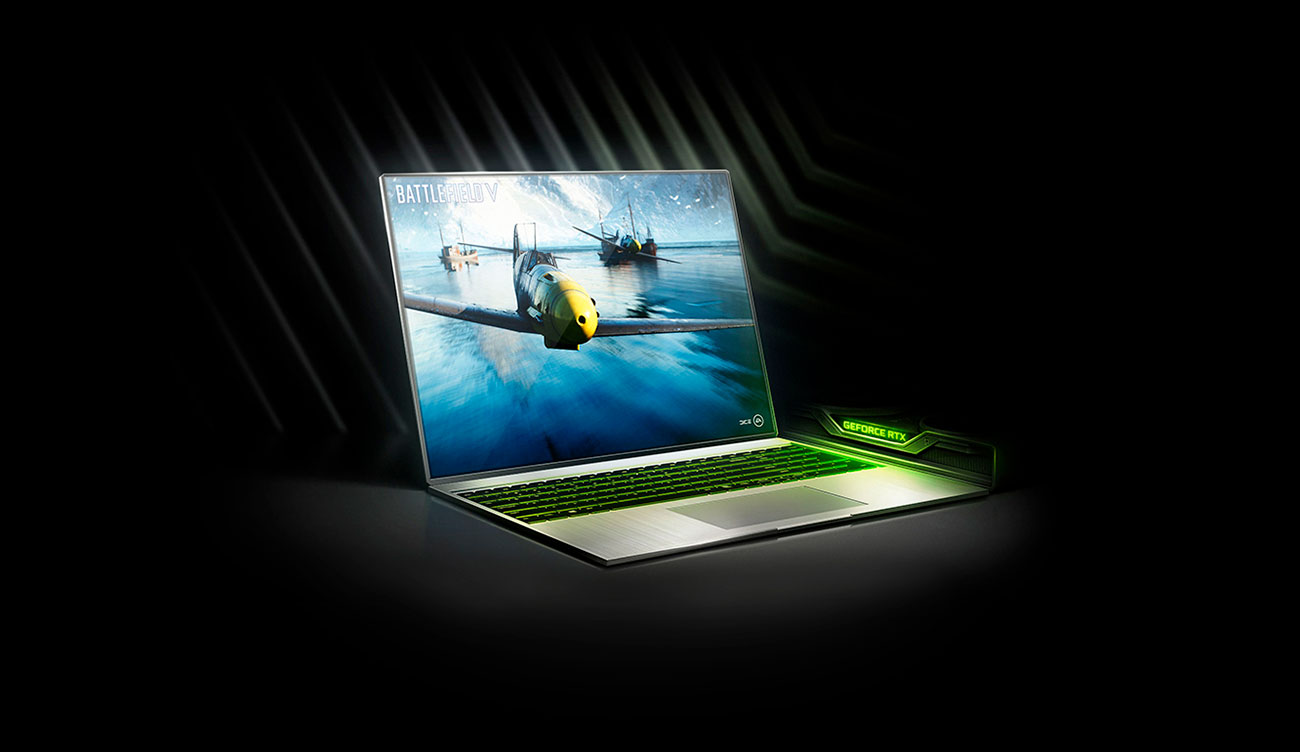RTX 3050 A laptop GPU is a hairline behind the RTX 3050 Ti laptop GPU in OpenCL benchmark — A GPU with an Ampere name but Ada silicon on the inside
Performance is in-line with regular RTX 3050 laptop GPUs

The Ada Lovelace-powered RTX 3050 A mobile GPU has appeared in a new benchmark listing. BenchLeaks on X spotted the new GPU in a new Geekbench 6 listing paired to an HP Victus gaming laptop and a Core i7-12650H Alder Lake laptop CPU.
The RTX 3050 A is a confirmed upcoming mobile GPU based on Nvidia's Ada Lovelace GPU architecture, which powers its RTX 40 series GPUs. For one reason or another, Nvidia has opted to re-use its older RTX 30 series nomenclature for this new GPU product rather than naming it under the RTX 40 series branding. This makes the RTX 3050 A the first and only RTX 30 series GPU to sport Nvidia's current-generation Ada Lovelace GPU architecture.
Nvidia has confirmed directly that the new RTX 3050 A features a heavily cut-down AD106 GPU die—the same die used in the RTX 4060 Ti. The RTX 3050 A features just 1,792 CUDA cores paired to a very narrow 64-bit memory bus and 4GB of GDDR6 memory. The new chip's configurable TDP is 35W to 50W.
On paper, the RTX 3050 A's specs are very weak, even weaker than the vanilla RTX 3050 with its baseline specifications. The slowest RTX 3050 laptop GPU you can purchase has 256 more cores and twice the bus width. It can also be configured to run at higher power levels than the RTX 3050 A.
Despite the newer architecture, Nvidia also confirmed that it will handicap the RTX 3050 A to bring it in line with its Ampere-based counterparts. DLSS 3 Frame generation will not be supported despite the fact that the RTX 3050 A has hardware support for it.
| GPU | OpenCL Score | Core Count / VRAM |
|---|---|---|
| RTX 3050 A | 57,138 | 1,792 CUDA cores / 4GB VRAM |
| RTX 3050 6GB laptop GPU | 56,073 | Up to 2,560 CUDA cores / 6GB VRAM |
| RTX 3050 Ti laptop GPU | 57,748 | 2,560 CUDA Cores / 4GB VRAM |
Despite the weak specs, the RTX 3050 A's performance in Geekbench 6's OpenGL benchmark is barely any slower (if slower) than its other RTX 3050-series counterparts. The RTX 3050 A powered gaming notebook achieved an OpenCL score of 57,138 in Geekbench 6.3.0. Nvidia's more potent 2,048 CUDA core RTX 3050 laptop GPU with 6GB of VRAM performs worse, according to the Geekbench browser, scoring 56,073 points. Performance is also extremely close to the RTX 3050 Ti, which scores up to 57,748 points in the same test.
Take these results with the usual pinch of salt. Different laptops will pump out different scores, and there's no guarantee that all of the results mentioned above were using the same laptop model. This is especially true due to the wide configurable TDP most Nvidia laptop GPUs can be tuned towards. Different TDPs will significantly affect the GPU's performance capabilities.
Get Tom's Hardware's best news and in-depth reviews, straight to your inbox.
That said, it is indisputable that the RTX 3050 A's newer Ada Lovelace GPU architecture is making up the difference in GPU specs to keep up with the RTX 3050 and RTX 3050 Ti despite having a weaker raw core count and just half the memory bus width. This is good, and it means the RTX 3050 A will live up to its namesake, delivering RTX 3050-like performance despite sporting wildly different architecture and GPU specifications.

Aaron Klotz is a contributing writer for Tom’s Hardware, covering news related to computer hardware such as CPUs, and graphics cards.
-
watzupken Honestly, I see no point to release a dGPU at this level of performance. Being close to the RTX 3050 Ti mobile is nothing to write home about when iGPUs are providing very respectable performance nowadays. While it is still faster, but this will generally struggle in modern games due to the lack of dedicated VRAM.Reply -
subspruce Reply
Budget CPUs have worse integrated graphics, 6-core Rembrandt-R has 6CU RDNA2, which this will beat, but this little VRAM, this will surely FAIL at bringing any meaningful improvement.watzupken said:Honestly, I see no point to release a dGPU at this level of performance. Being close to the RTX 3050 Ti mobile is nothing to write home about when iGPUs are providing very respectable performance nowadays. While it is still faster, but this will generally struggle in modern games due to the lack of dedicated VRAM.